The Sinai is a peninsula on the eastern edge of Egypt, with the Gulf of Aqaba (connected to the Red Sea) on its east and the Gulf of Suez on its west. It is a mountainous desert, and it was made famous in the biblical accounts of Moses. After spending 40 days on Mt. Horeb (renamed Mt. Sinai), Moses is to have received the Ten Commandments on two stone tablets from God at the "burning bush." (According to Monty Python, he received THREE with 15 commandments, but he dropped one and smashed it.) And Moses led the Israelites out of Eqypt through the Sinai, then escaping the pursuing army of Pharaoh Ramesses II by parting the Red Sea. I mainly went there to see those places, as I love to visit famous places I've read about (I like to name drop).
Epilogue
Of the 50 Favorite Man-Made Places of mine, the pyramids sit at the top. And the temples along the Nile rank number fourteen. Both rank number 10 on a scale of 1-10. Thus, both need to be considered to visit before one dies.
Should you worry about terrorism, thieves, or whatever? Not much. I never saw so many police in my life! And I was constantly told by strangers how much they liked Americans. None scowled at me. So go!

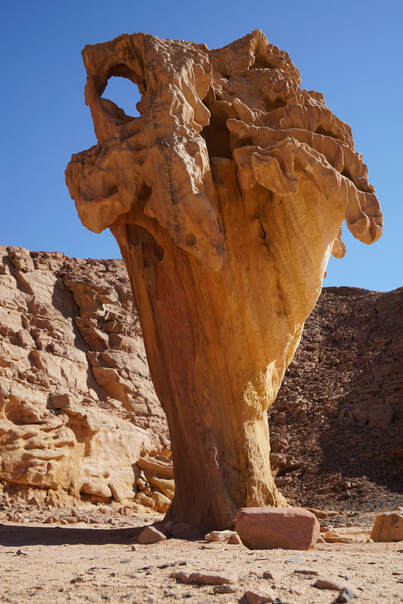
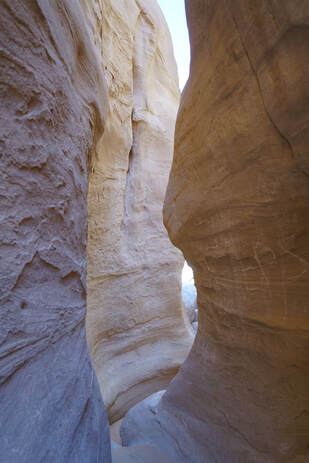
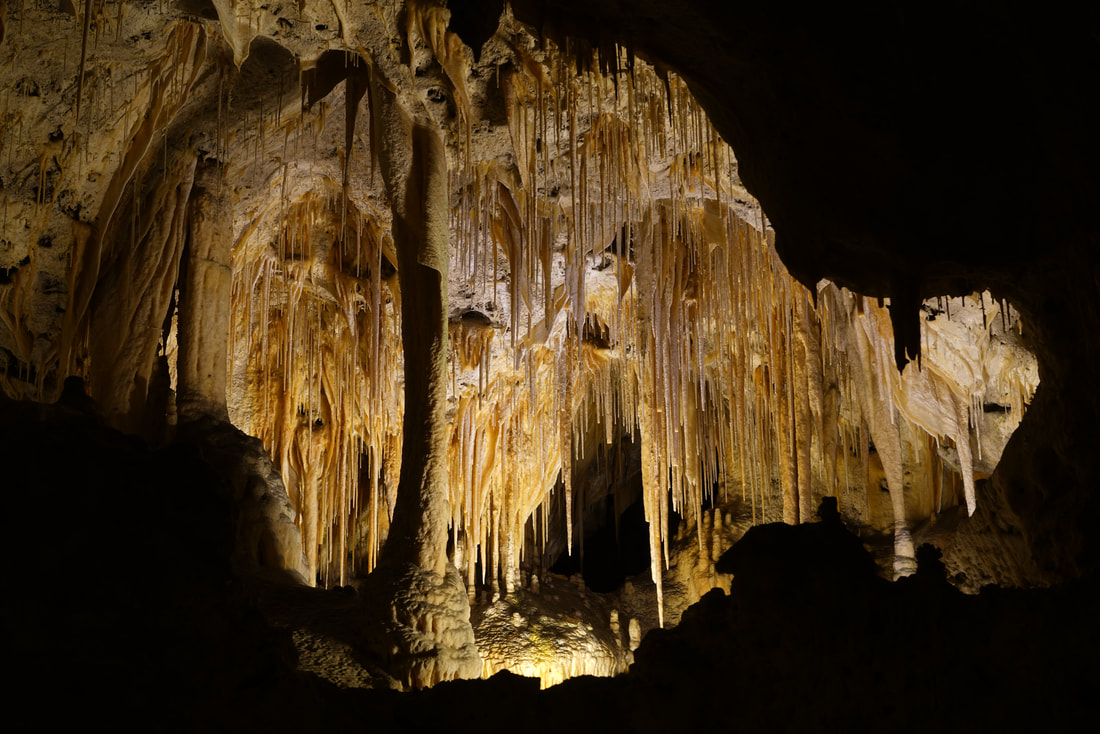
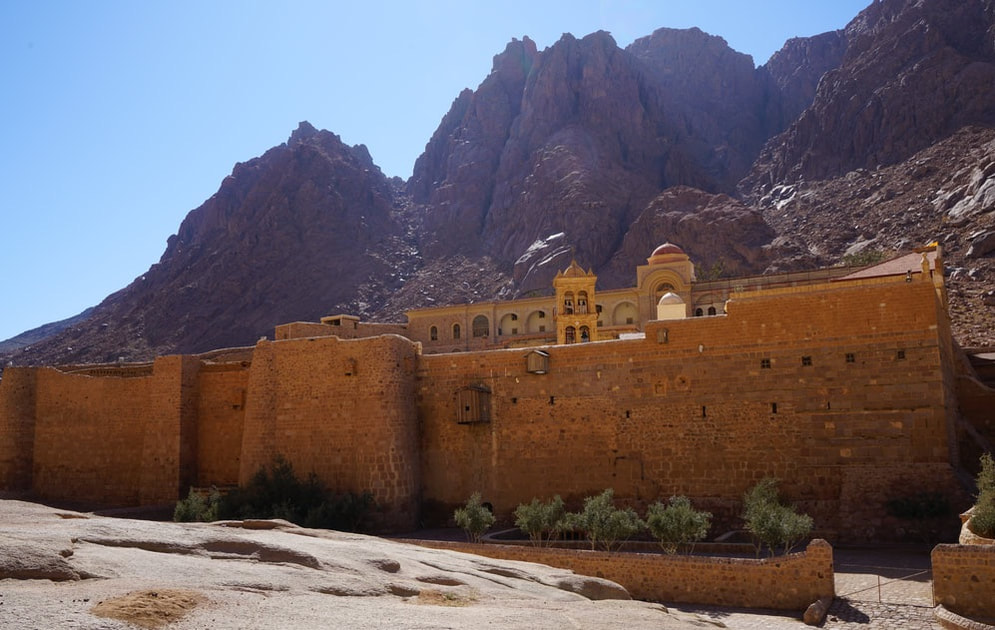
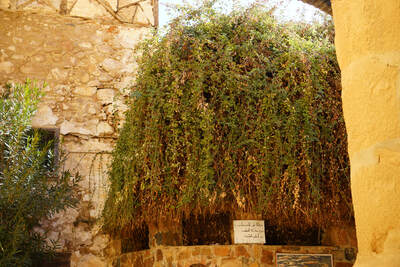
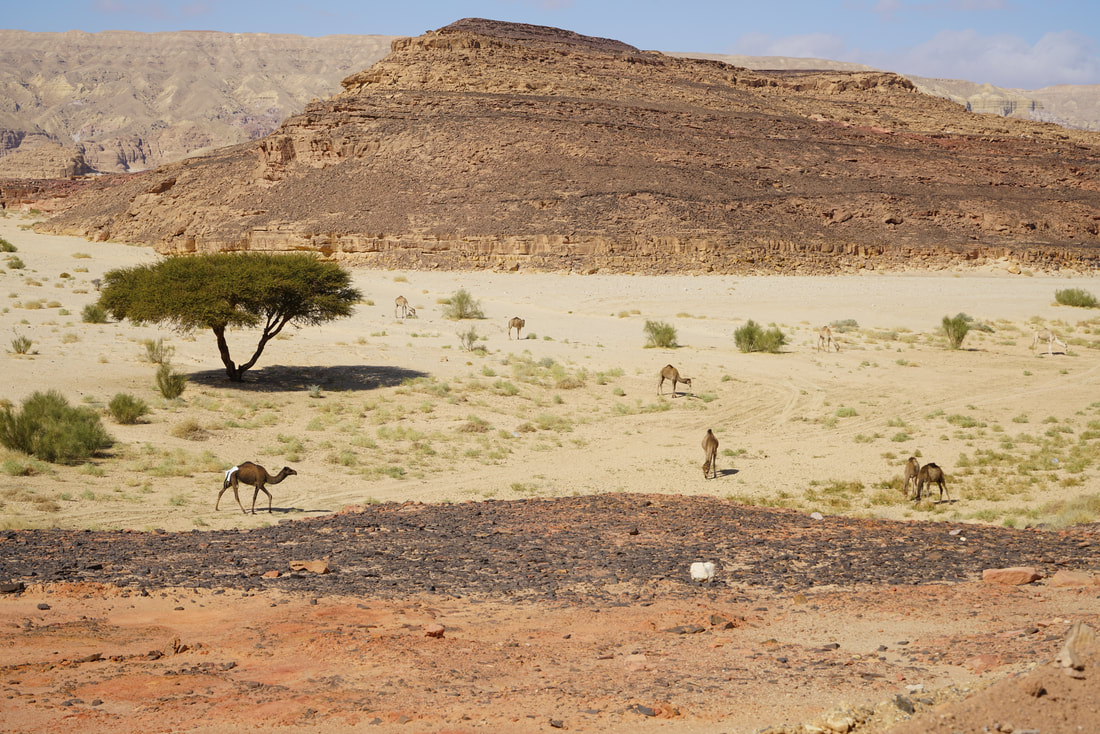


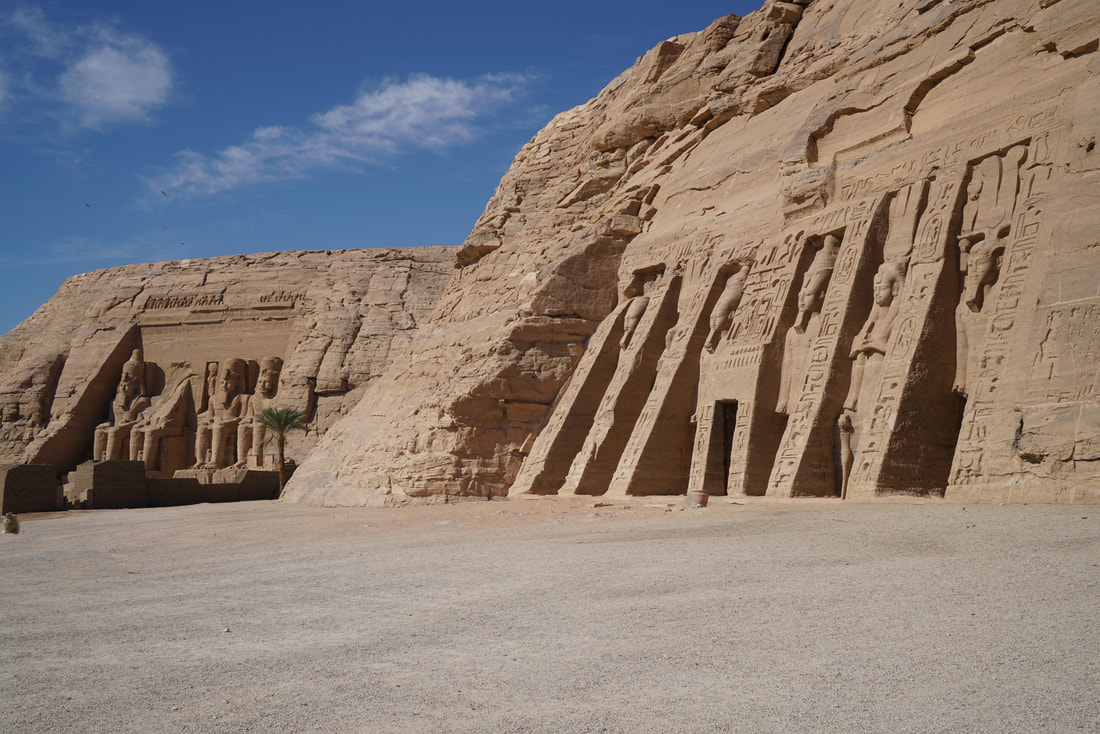
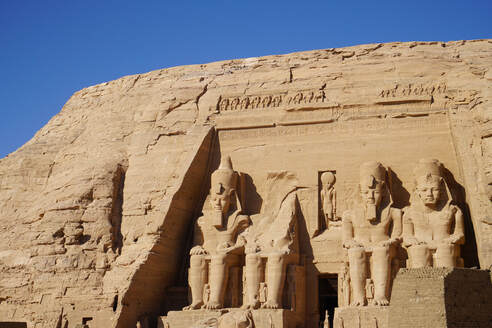
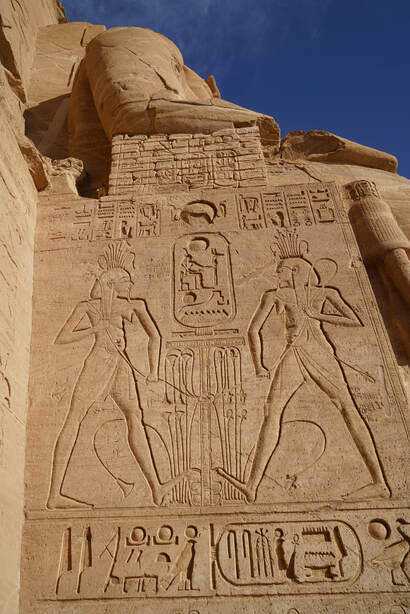
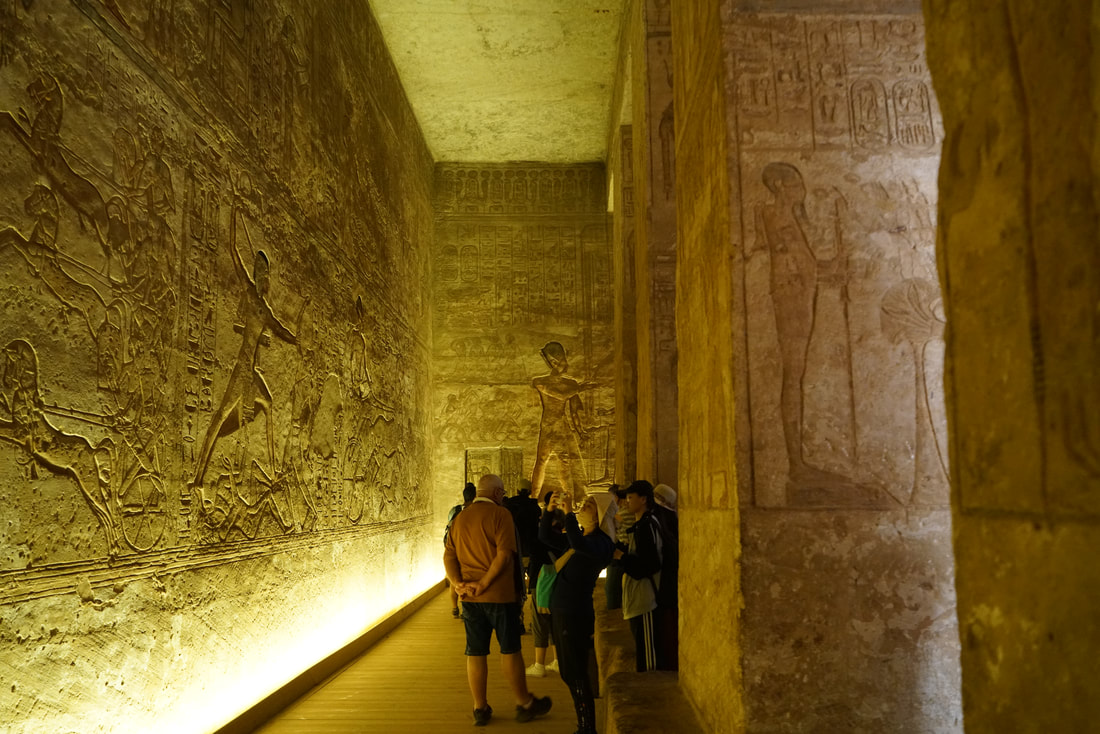
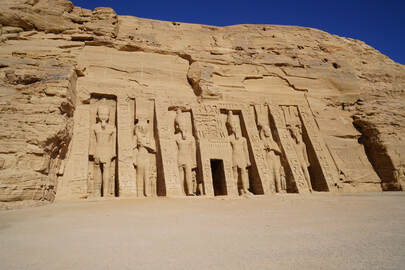
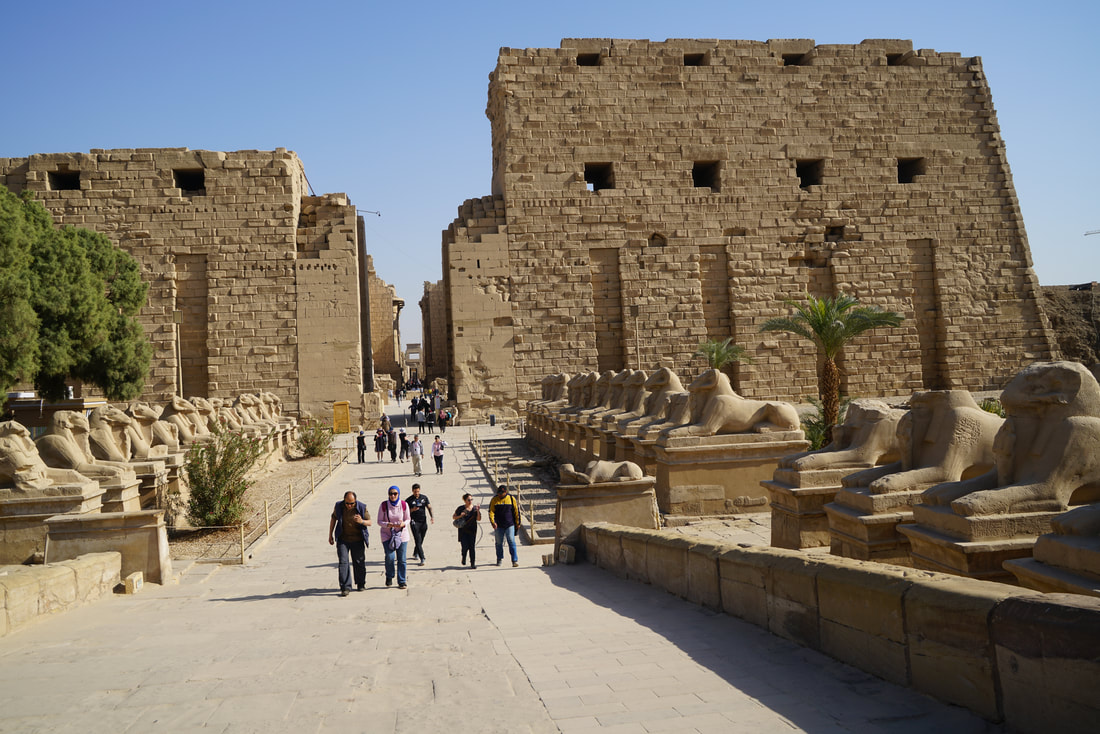
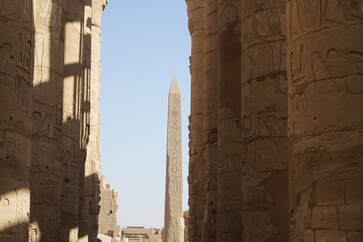
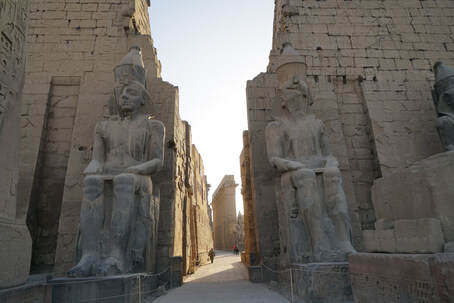
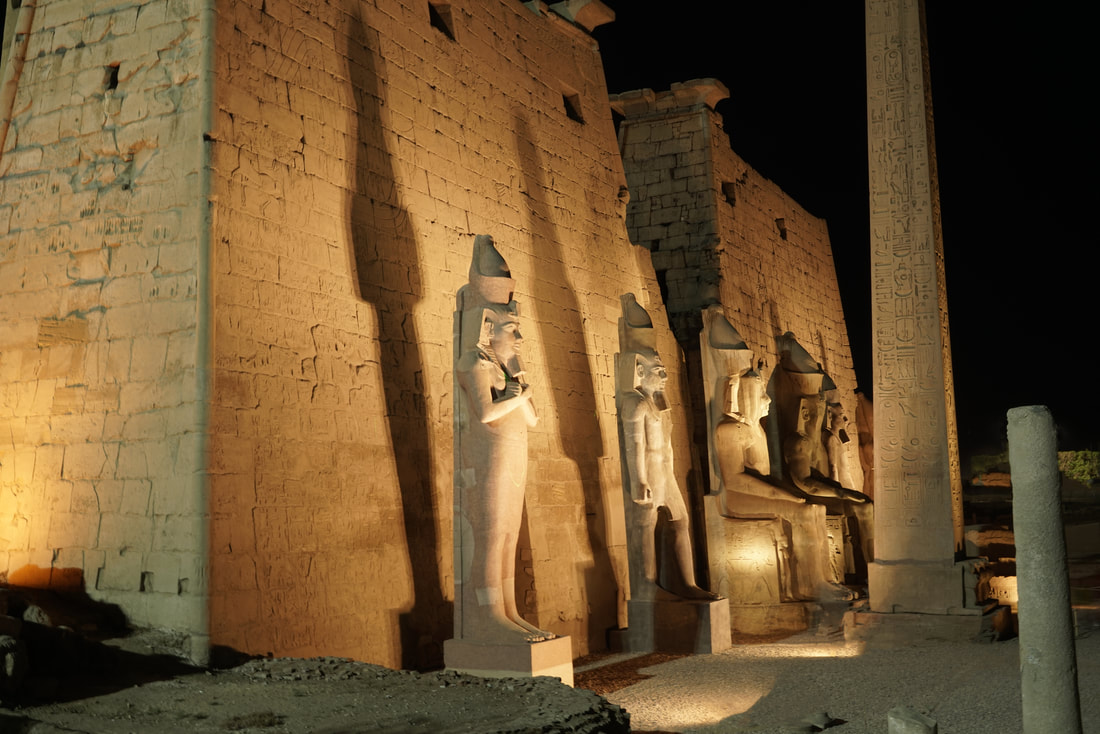
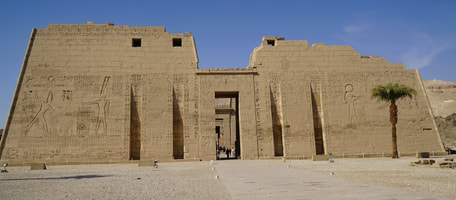
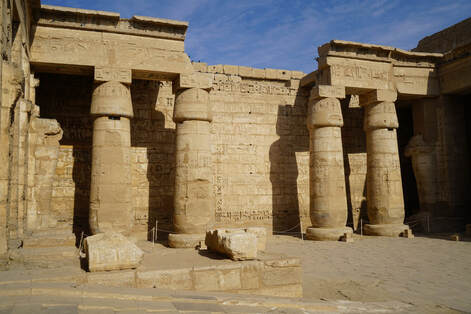


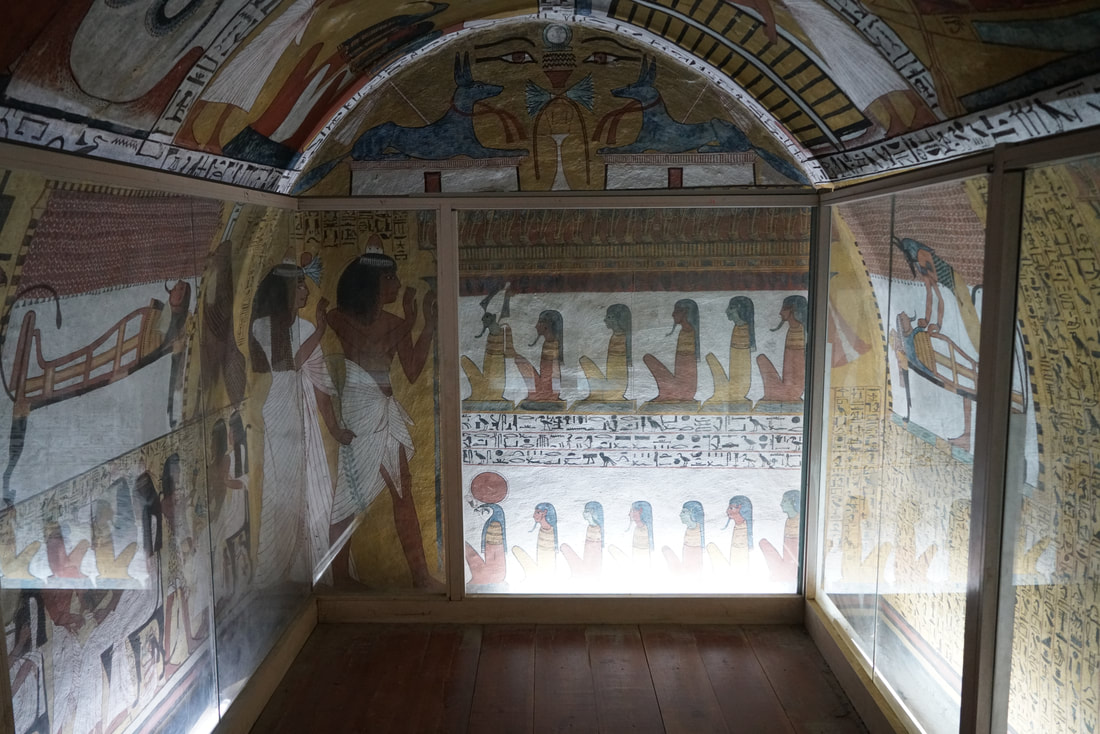
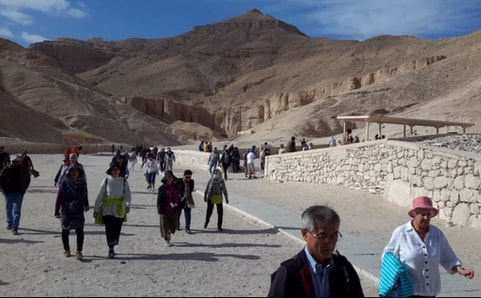
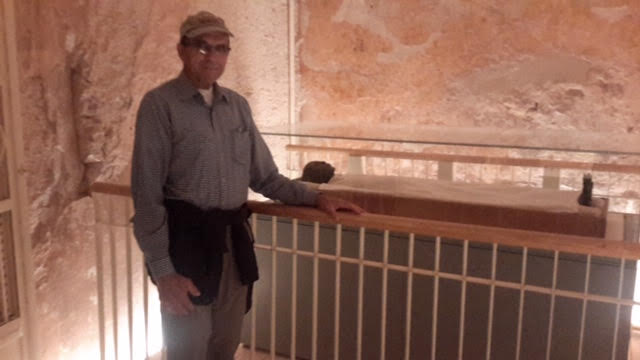


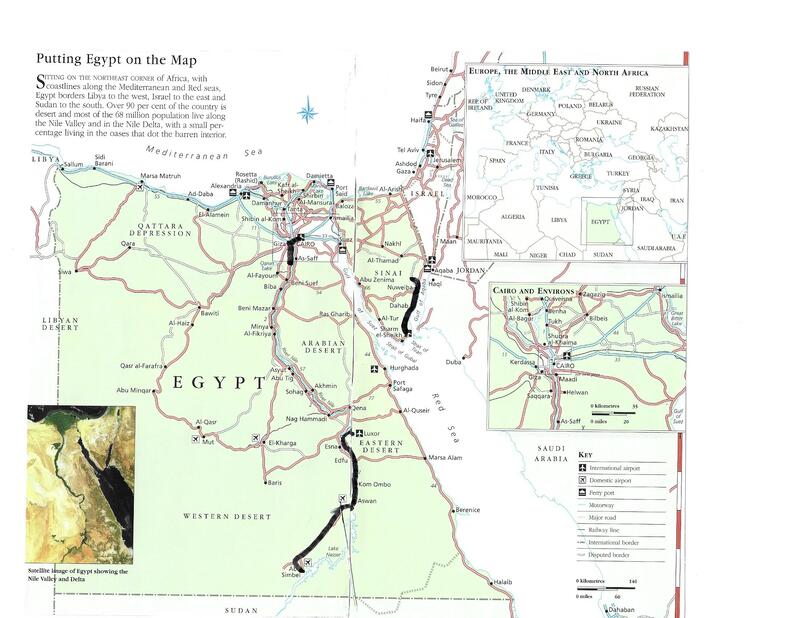
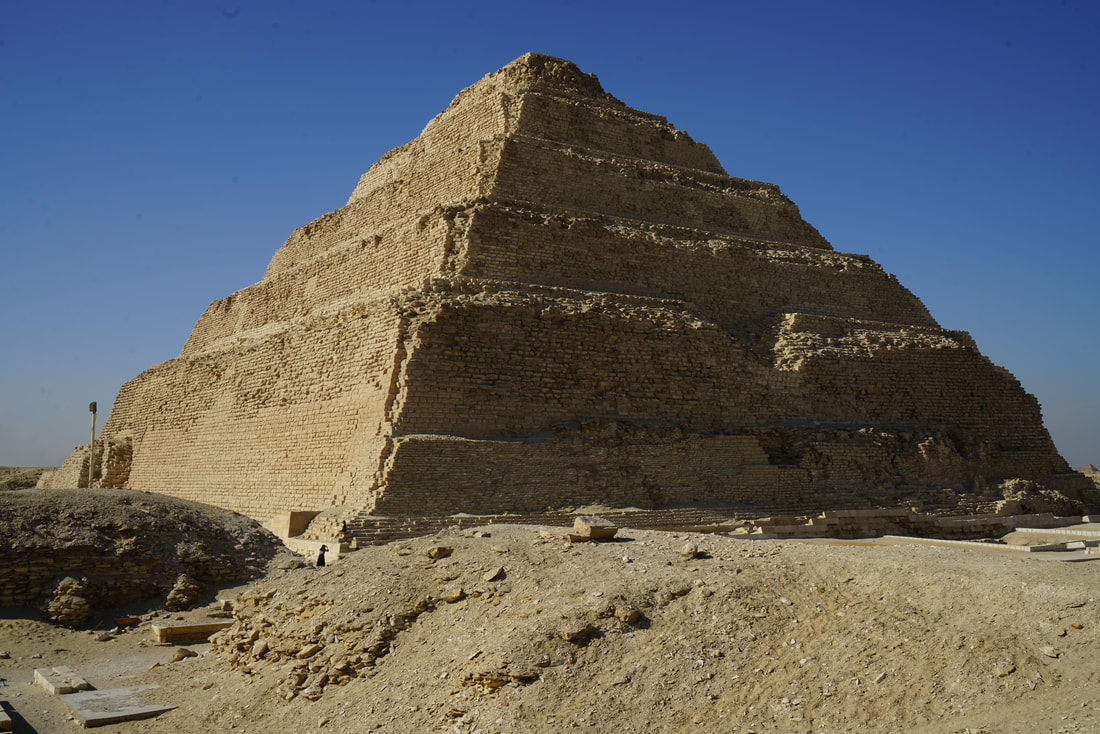
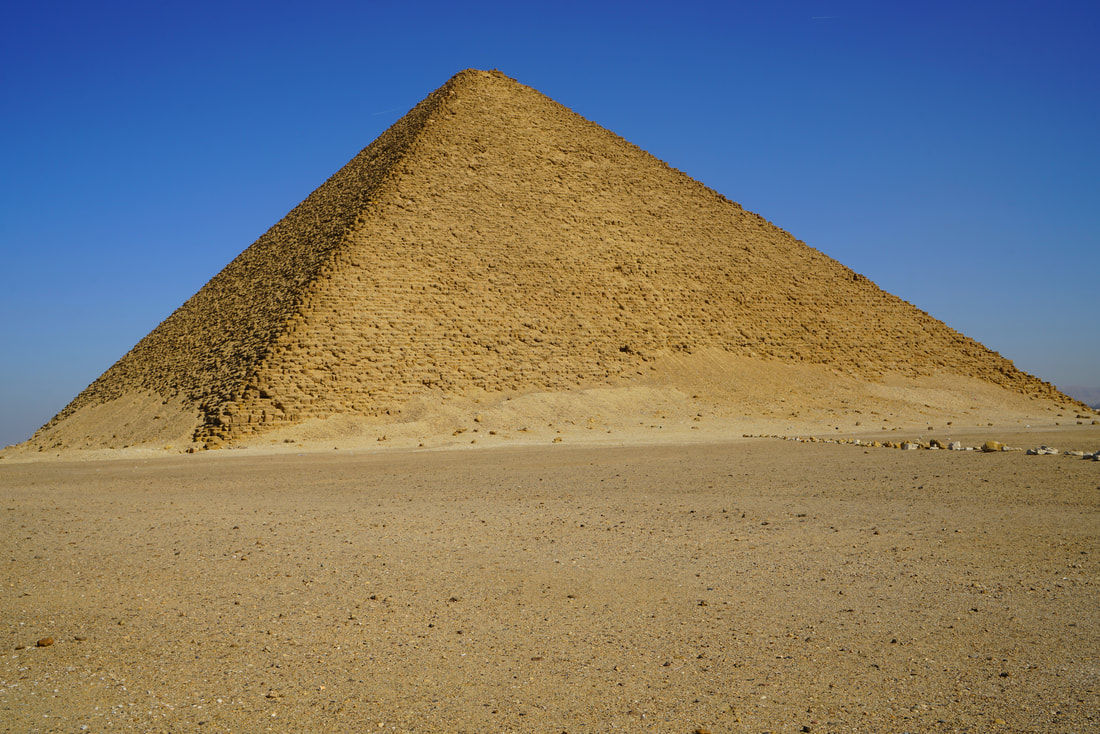
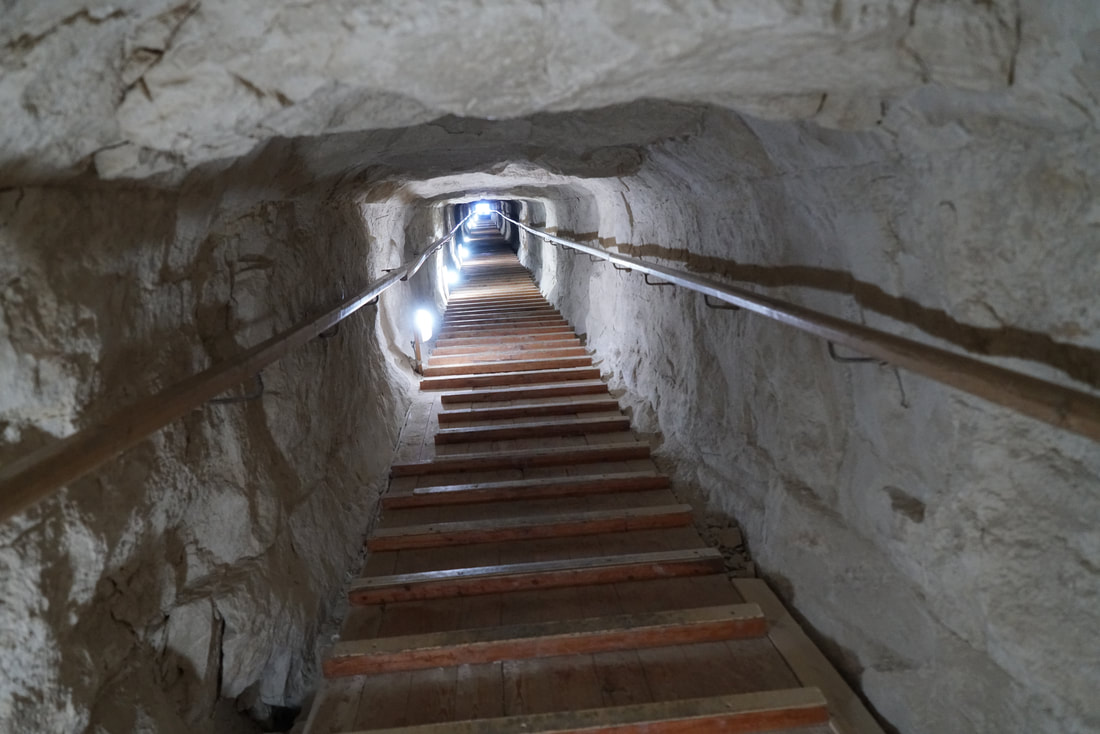
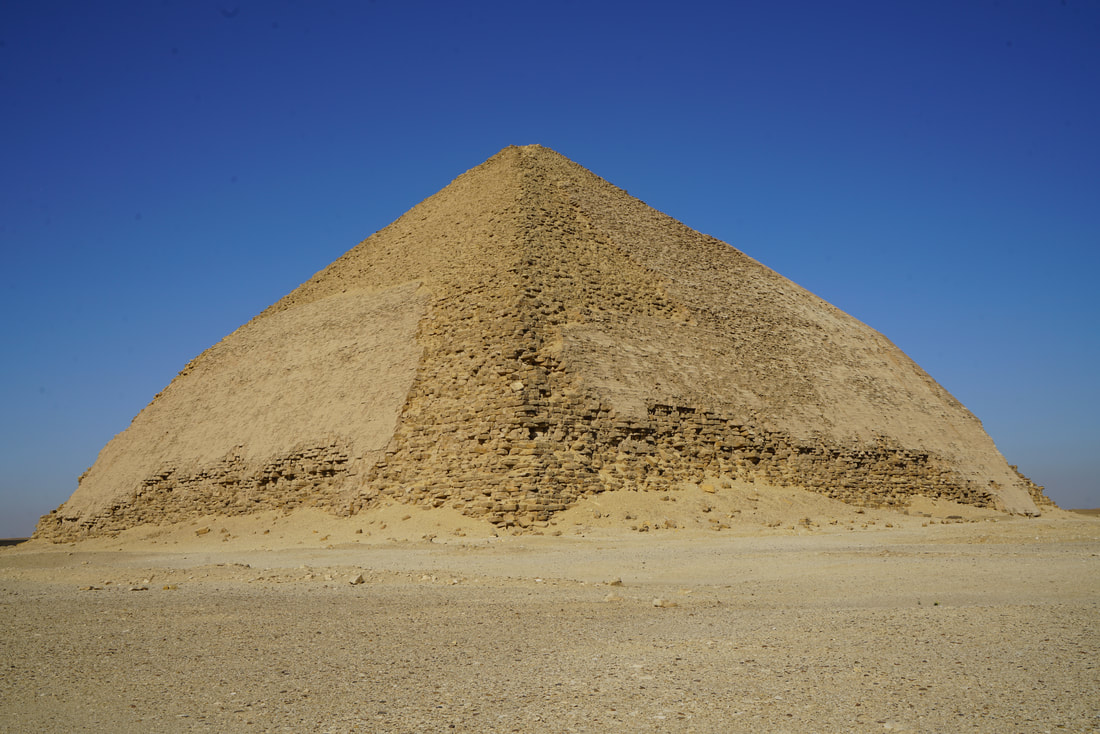

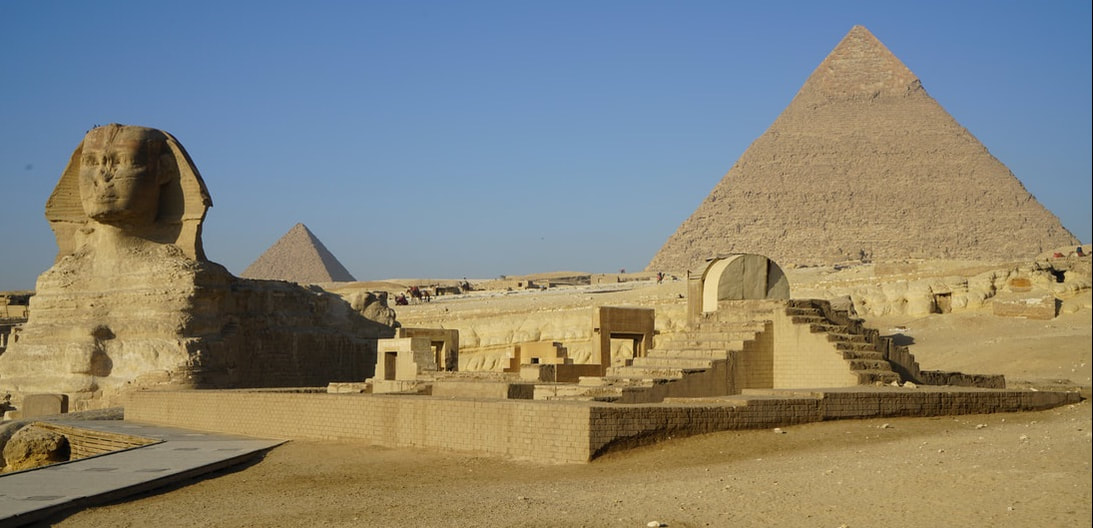
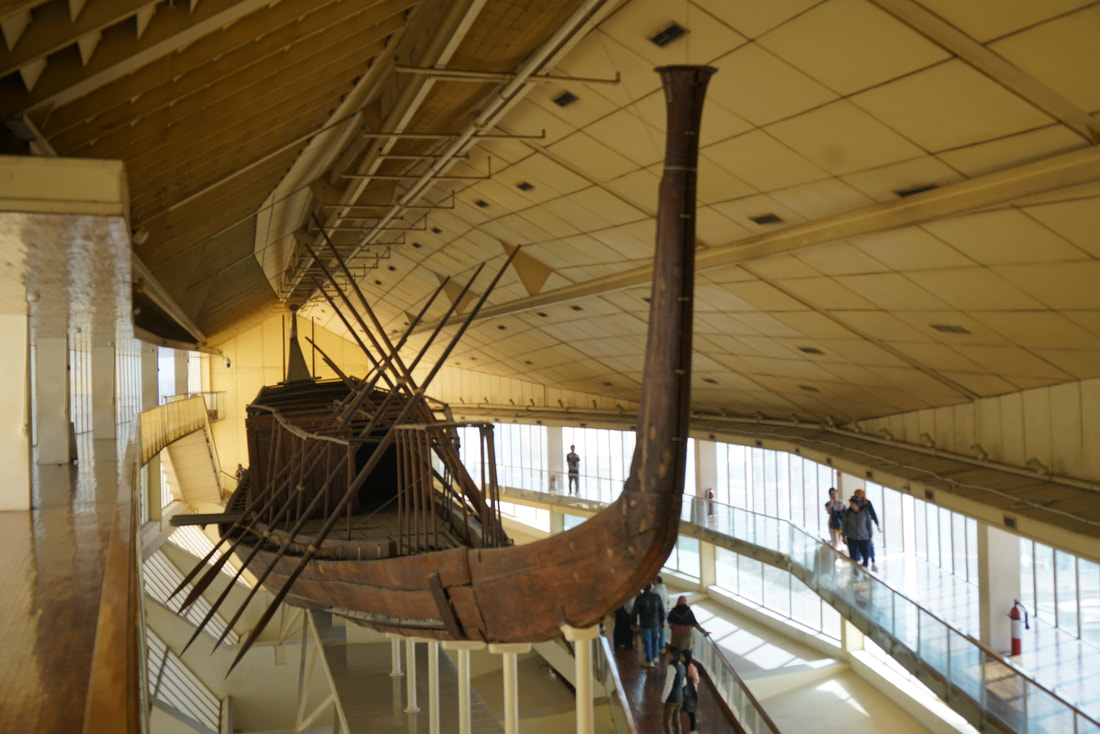
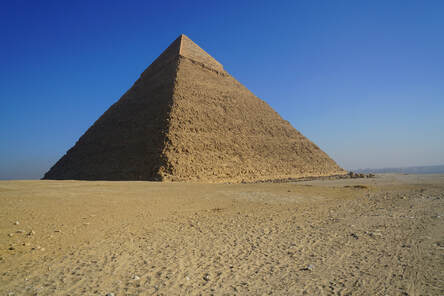
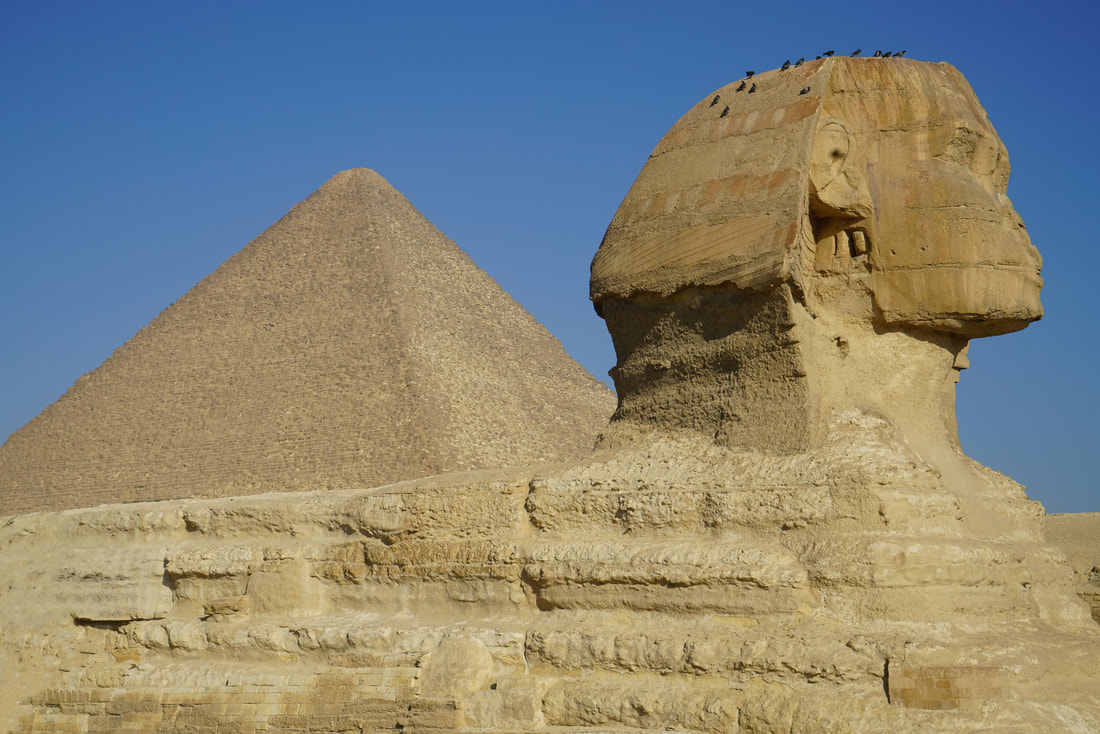
 RSS Feed
RSS Feed